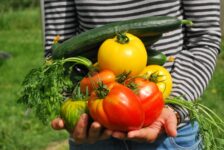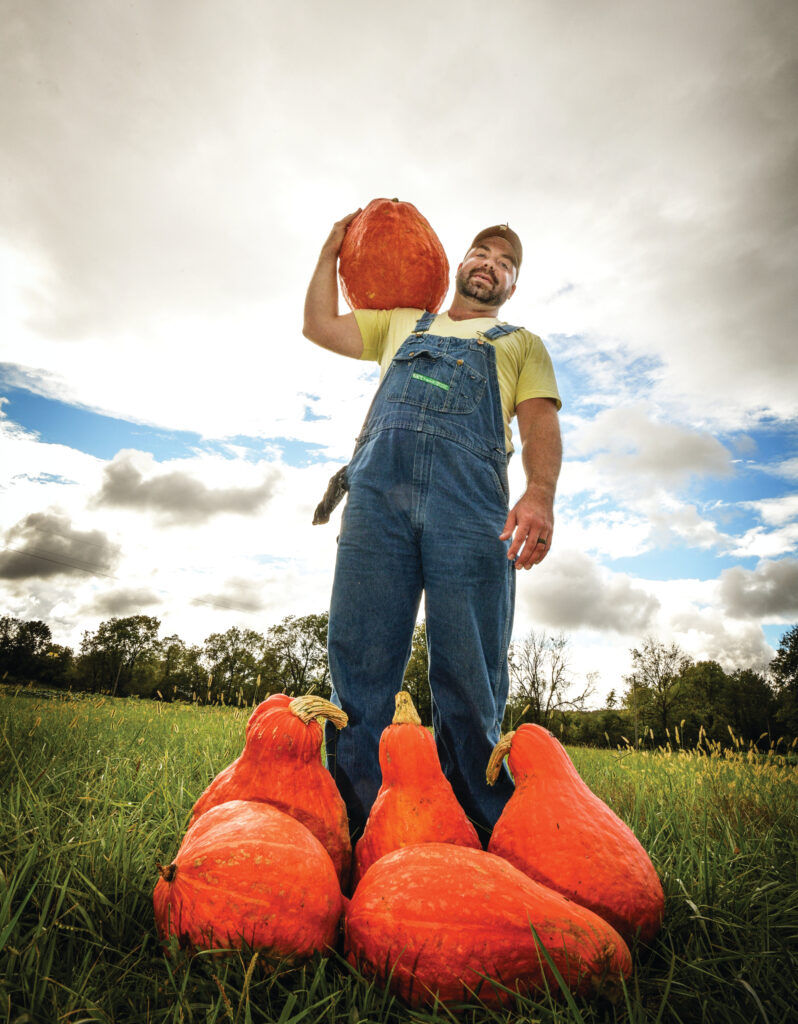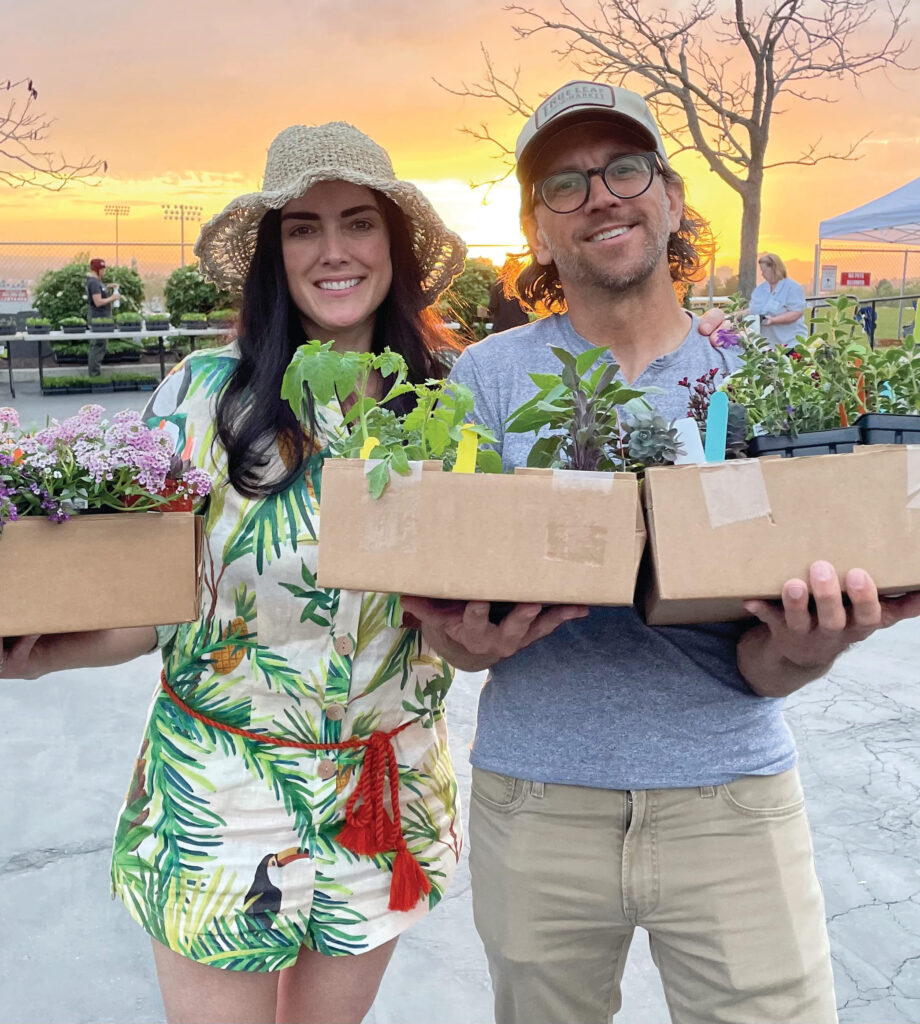
Pandemic Still Impacting Home Garden Seed Market
The home garden seed market has seen its fair share of panic buying over the decades, but nothing in modern history compares to the run on seeds triggered by the COVID-19 pandemic and the lasting impact it’s had on the industry.
The home garden seed market has seen its fair share of panic buying over the decades, but nothing in modern history compares to the run on seeds triggered by the COVID-19 pandemic and the lasting impact it’s had on the industry.
“It was very unexpected, and I think in reality, throughout the seed business, whenever there’s some kind of global or national emergency, disaster, et cetera we see a sales spike,” says John Brazaitis, general manager of Baker Creek Heirloom Seeds. “But COVID was unprecedented.”
During the early days of the pandemic, media outlets were brimming with reports of the commercial home garden seed sector struggling to keep up with a massive, unexpected surge in orders at a time when it was grappling with supply chain disruptions due to lockdowns, country-wide curfews, travel bans, social distancing measures and more. Many of the sector’s biggest players including Johnny’s Selected Seeds, Seed Savers Exchange, Territorial Seed, and W. Atlee Burpee & Co. reported struggling to keep up.
According to Diane Blazek, executive director of the National Garden Bureau, home garden seed breeders and retailers saw an increase in demand that ranged anywhere from 50% to 200% above normal. Baker Creek was near the top end of that trend.
“Nothing we had for fulfillment or seed packaging or anything else was set up for that kind of situation,” Brazaitis says. “We shut our website down several times to try to quell the number of orders because we were completely and totally overwhelmed.”
Robb Baumann, a partner in True Leaf Market and vice-president of the Home Garden Seed Association, says his company also struggled. While it continued to fulfill orders throughout the worst of the pandemic, it had an impact on every aspect of his business.


Seeds, hoists a Boston Marrow squash onto his shoulder.
PHOTO: BAKER CREEK HEIRLOOM SEED CO. /RARESEEDS.COM.
“We have our own enterprise system that we built from scratch. It manages our orders, our production, our shipping and our tracking and it broke every piece of it,” he says.
During the pandemic, demand was strongest for popular varieties of staple vegetables including beans, beets, broccoli, carrots, cauliflower, lettuce, peas, peppers, sweet corn and tomatoes. Known varietals sold out fast and Baumann’s staff was soon recommending lesser-known vegetable varieties with characteristics similar to popular ones that had sold out, something that resulted in sales of those varieties rising well above traditional volumes.
“That, of course, made it tricky on the production side,” he said.
The home garden seed industry has long relied on seed stockpiles to guard against uncertainties inherent to any agricultural endeavor. The industry-wide run on home garden seeds that began in 2020 wiped out those critical seed inventories, something that led to a significant strain on the global supply chain when the entire industry attempted to replenish those inventories simultaneously.
“Some things you just couldn’t get or you could get very small amounts of,” Brazaitis says. “In the years 2021 and 2022, it was a definite struggle to get some stuff and some things we actually didn’t list in our catalogs because we simply couldn’t get them.”
Baumann faced a similar problem.
“What I counted on as being a three-year supply got wiped out. I didn’t have that in my production plan for 2021… and so it just created this cascading, tail-chasing event,” he says. “I can only produce what I can produce in a certain amount of time. Depending on when [a crisis] hits, I can go to the southern hemisphere and do some off-season cropping – which we did a lot more of – but I can’t just make it.”
The unprecedented spike in seed orders that began in 2020 came from all parts of the United States and remained high through 2021. Although it has since declined, demand has yet to drop to pre-pandemic levels.
Baumann notes that while average order size was fairly large in 2020 and 2021, it started to come down a little in 2022 and 2023. However, the number of orders and the number of customers is still elevated and return order rates remain strong for customers who placed their first orders in 2020 or 2021.
Brazaitis reports that Baker Creek’s customer acquisition was also huge during the first COVID years and many of those new customers have remained. And while gardening has always trended towards an older crowd, he’s now seeing many younger people getting into it as well, a trend that seemed to pick up during the pandemic.


vice-president of the Home Garden Seed Association and
his wife Zsana Baumann.
PHOTO SUBMITTED
As time wears on, the home garden seed sector continues to adjust to the pandemic and its aftermath.
“We’re still dealing with the wipeout, the clearing of the barn of all those varieties, and restocking,” Baumann says. “The demand has definitely shifted within those varieties and the customer base has shifted up a little, so we’re guessing. But it does feel like we’re a little bit more in control on the production side finally this year.”
After seeing an almost 200% growth rate in 2020, Baker Creek built a new warehouse and acquired additional packaging machines as they scaled up for increased demand that carried through 2021 and 2022.
“We upped our infrastructure. We’re ready to process a lot of orders and we have the seed supply to do it. On the other hand, will demand continue?” Brazaitiss says, noting that industry-wide, 2023 saw demand dip for the first time since the pandemic began. “The interesting thing is that most of our fellow seed companies now have way better infrastructure in place for order fulfillment and commercial producers have a better handle on large-scale production than they did before.”
For his part, Baumann has cooperative arrangements with seed companies in other regions of the United States and overseas to help maintain stable seed supply for his company and theirs.
“Even if it’s something that you can grow entirely on your own, in your own ecosystem, a lot of companies still will have people grow in another climate, in another hemisphere, just to hedge your bets,” he says. “I mean, it’s agriculture. Great plans, but floods, pestilence – stuff happens. Most larger seed companies aren’t placing all of their bets in their own fields.”
Blazek points out that the crazy surge in demand for home garden seeds during the pandemic means subsequent years have been very difficult for the sector to plan and project, something Brazaitis knows well.
“It’s just been very interesting and very hard to predict which way the pendulum will swing for our industry,” he says. “I’ve gone through with very smart IT people trying to analyze the data but it’s something that hasn’t happened since we had computers good enough to really analyze the data. Trying to predict what the trend will be is very difficult.”
Baumann finds himself in the same boat.
“We’re looking at our own data, our sales history, and guessing. And sometimes you guess well and a lot of times you don’t, but you hope that you overall do an okay job,” he says. “There are great tools out there nowadays. Data science is coming more and more into play. We have a full-time data science guy helping us crunch data and trying out some of the tools out there. It’s just a lot of hard thinking, trial and error. That’s really the only way to do it.”
Baumann is philosophical about it.
“The one main question is, where is it all going? And none of us know,” he says. “I’m always hopeful but it feels like were back to a new normal and we hope to just keep plugging our way back to a more reasonable lifestyle and pace until the next crazy event brings more change.”



